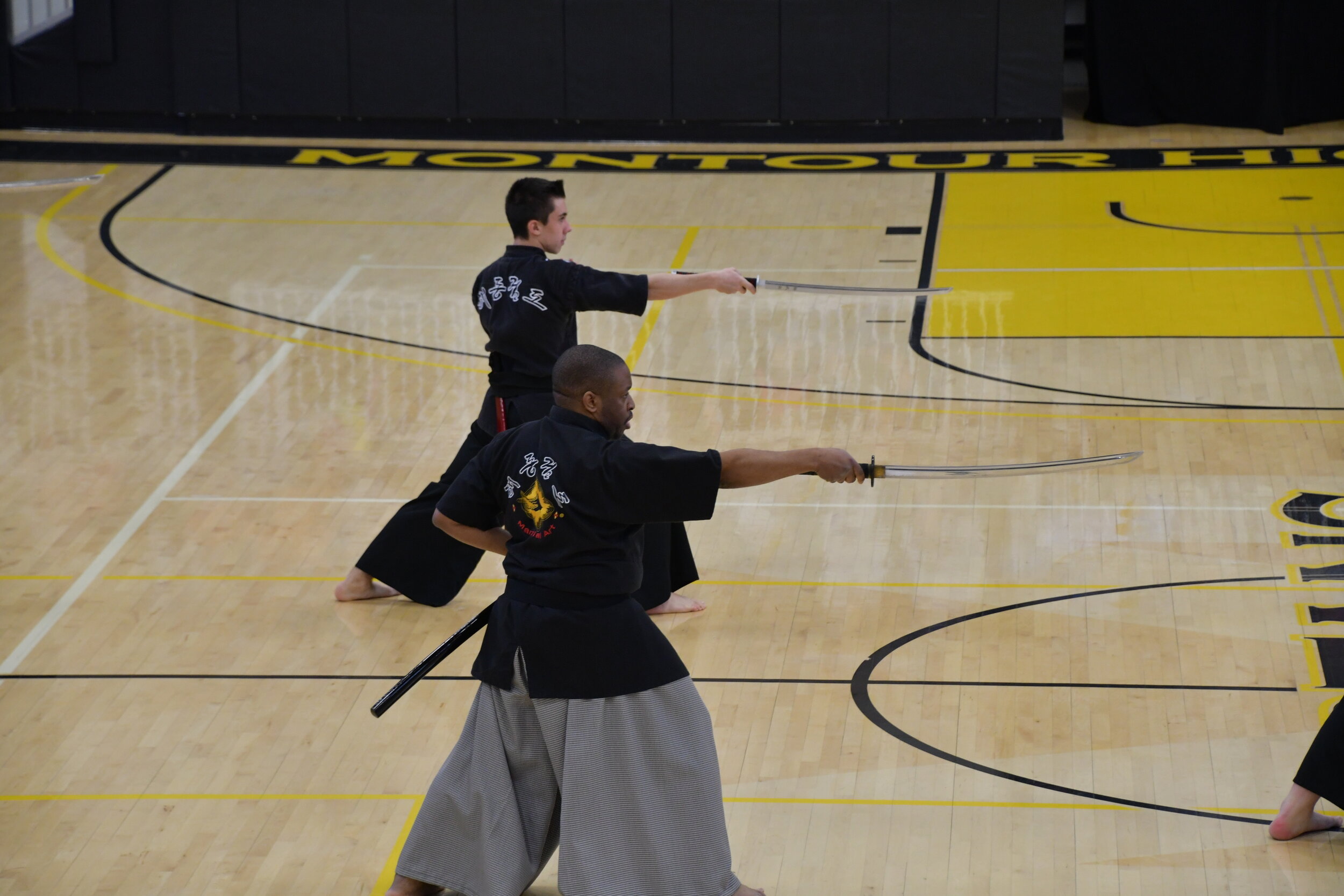




The meaning of “Haidong Gumdo”
It appears that there has been an attempt to trace the lineage of the Haidong Gumdo back to the Kokuryo Kingdom, specifically mentioning King Kwang Kaeto (371- 384 AD). Other figures, one named General YuYu and another, a monk referred to as the Sulbong Sunim, are mentioned as playing significant roles in the original organization of this lineage of training. It is important to note that the name of Haidong Gumdo is a modern device. You will not find it referenced to a martial art or system of training with this name in any history book. Though in one sense it means: Korean Swordsmanship.
Korea was once thought of as the land of the East Sea and Haidong Gumdo, it is thought, derives its name from Haidong Seongguk Balhae, a name for Balhae, an ancient kingdom in the region of what is today northeastern Korea, northern China, and eastern Siberia. The characters‟ for Hai and Dong carry several meanings. The general meanings are the Sea and the East. Haidong refers to Korea and along the southern tip of Korea. It has other shades of meaning, however, which are lost in translation. Dong means east. It can also refer to the rays of sunlight at dawn. Hai means sea. It also refers to the energy of the sun. Gum refers to swords-specifically long bladed ones. Do has a wide variety of meanings but they tend to revolve around the principle of the “way of life”. Do in this context includes concepts such as areas of study, principle of behavior or paths of self–improvement, but it is not limited to these meanings. It is perhaps best to keep multiple meanings in mind and not allow the experience of the art to be shaped by just one facet. The name HDGD was designed to reflect the tradition of swordsmanship in Korea. It was also coined to bring to mind the image of the sun‟s first rays glinting from an upraised sword. The character of a people and how they train is more resistant to change and this is part of what the choice of name is trying to relate about Korean swordsmanship. As swords have evolved over the centuries so too must the methods of employing them. HDGD is striving to preserve the intangible of Korean Swordsmanship. The art employs one class of weapon and a practical body of techniques to provide students with a path to self-improvement and discovery.

